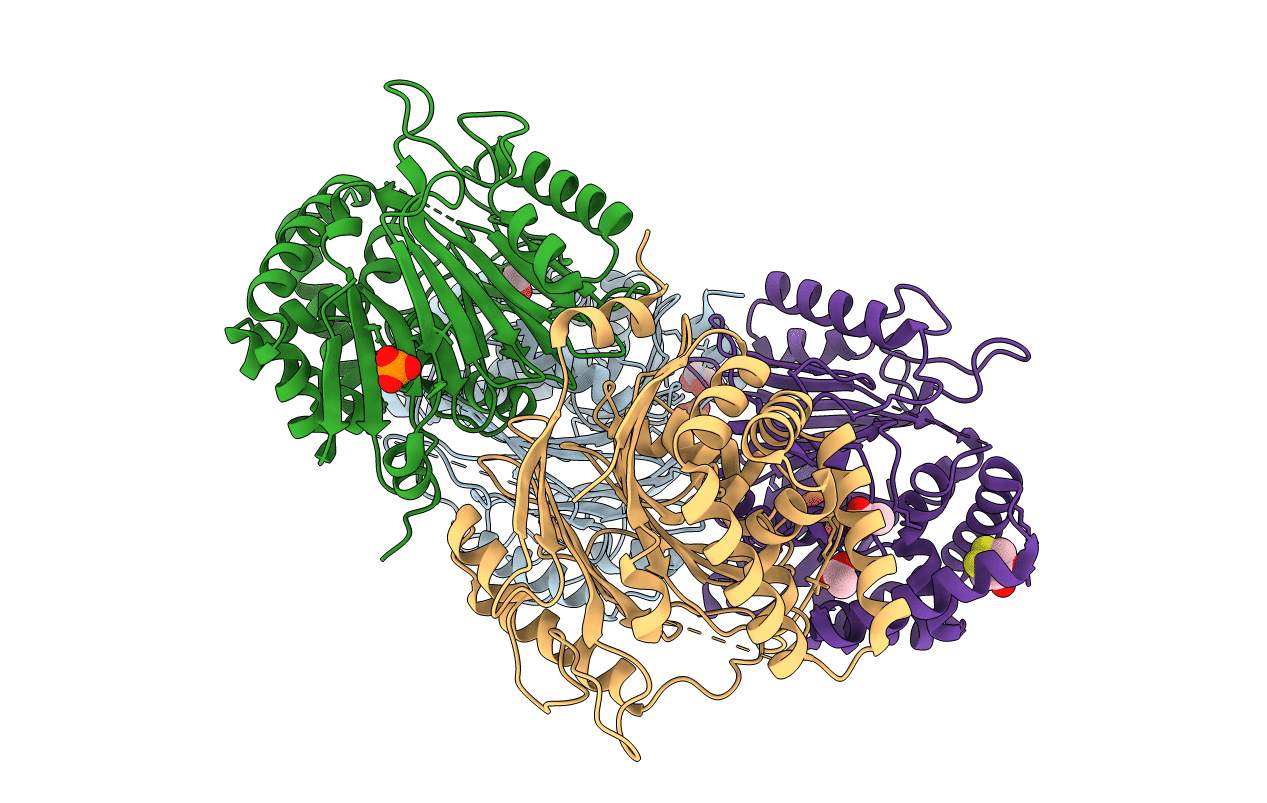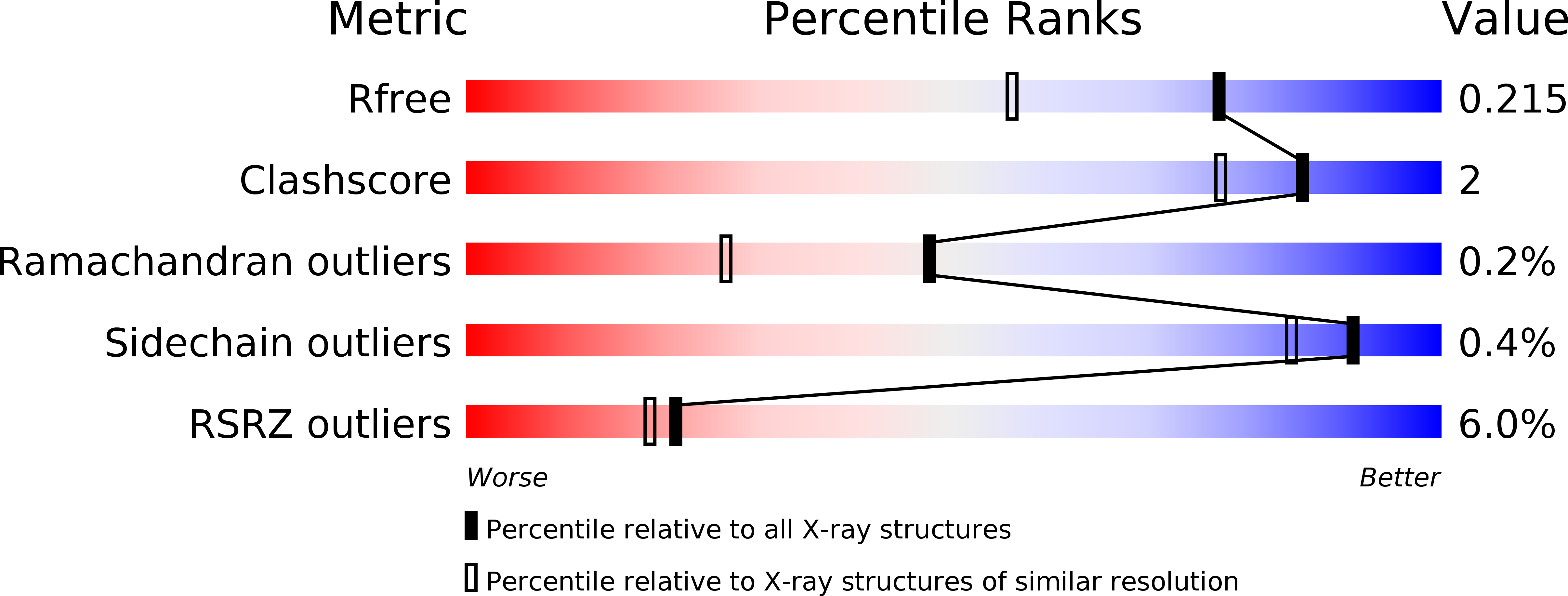
Deposition Date
2009-12-23
Release Date
2010-03-09
Last Version Date
2024-10-23
Entry Detail
PDB ID:
2X1D
Keywords:
Title:
The crystal structure of mature acyl coenzyme A:isopenicillin N acyltransferase from Penicillium chrysogenum
Biological Source:
Source Organism:
PENICILLIUM CHRYSOGENUM (Taxon ID: 5076)
Host Organism:
Method Details:
Experimental Method:
Resolution:
1.64 Å
R-Value Free:
0.20
R-Value Work:
0.17
R-Value Observed:
0.18
Space Group:
C 1 2 1


